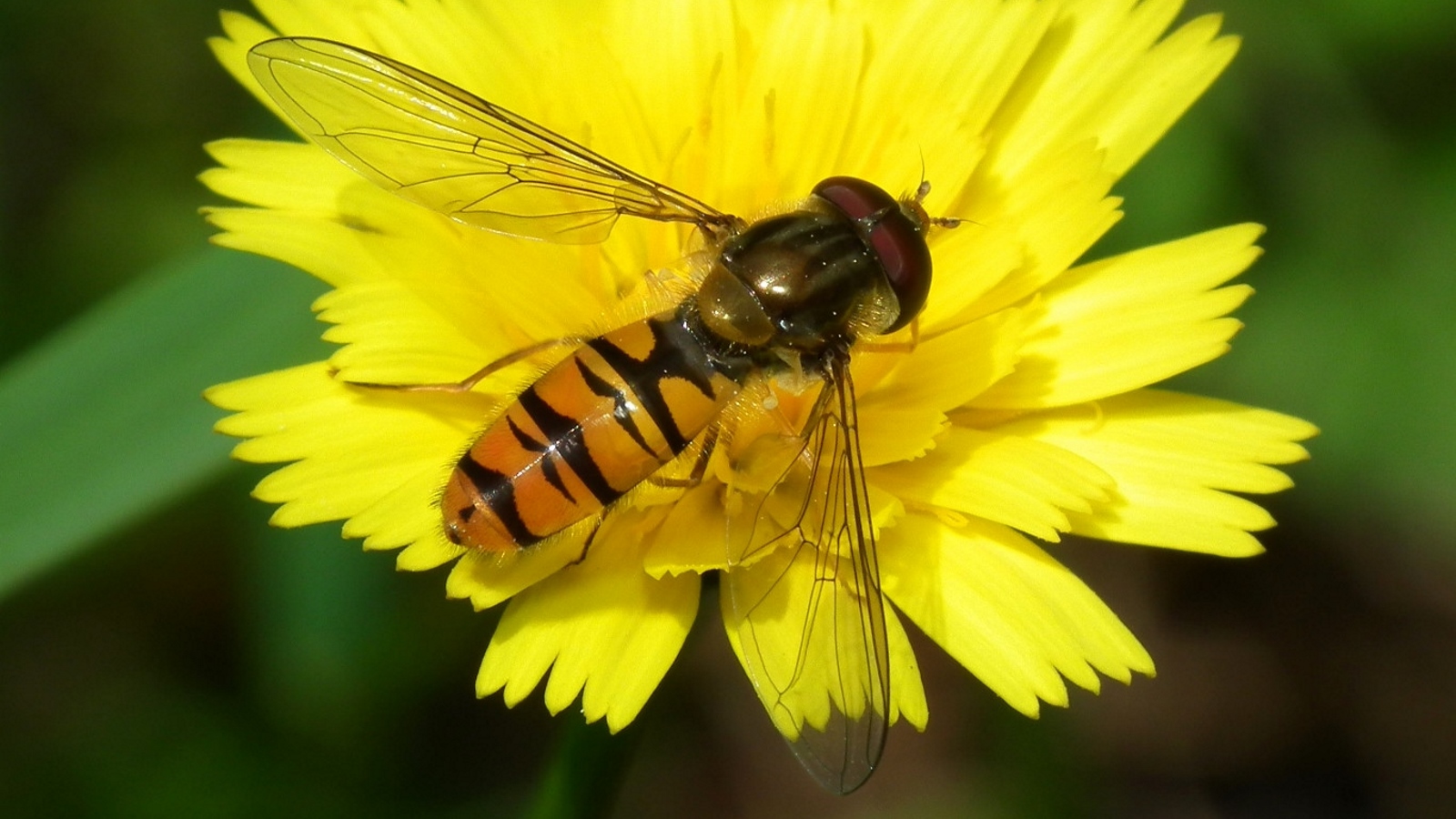Why are flies so much faster than humans?
A naturalist in the Gulbenkian Garden
In Portugal, including the Azores and Madeira, there are about 3,000 known species of flies and mosquitoes – including the Housefly (Musca domestica), which frequents our homes; the Face Fly (Musca autumnalis), one of the most common which prefers pastures; or the Flower flies. The latter, known as Syrphids, can be found in gardens and mimic bees and wasps to keep predators away.
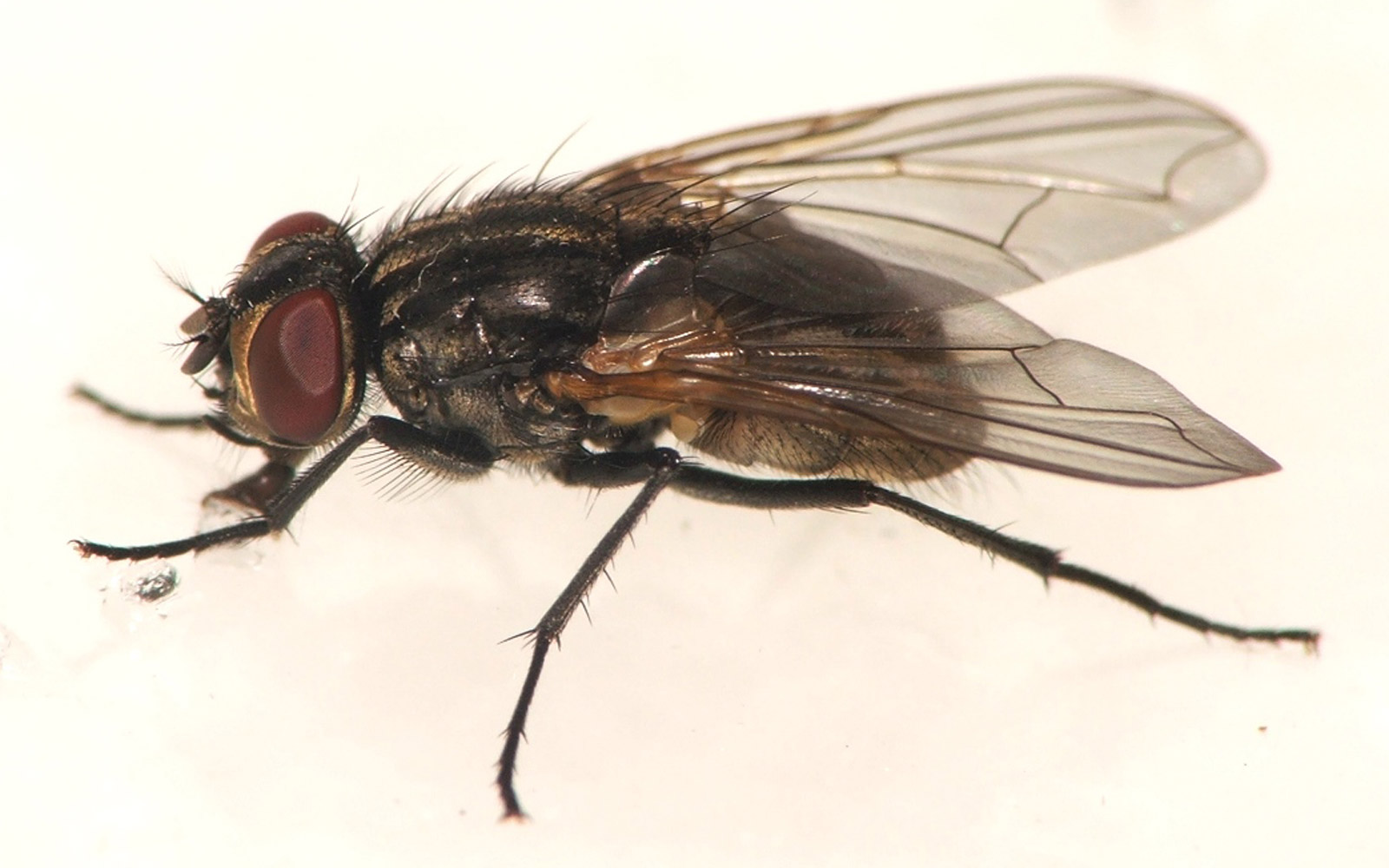
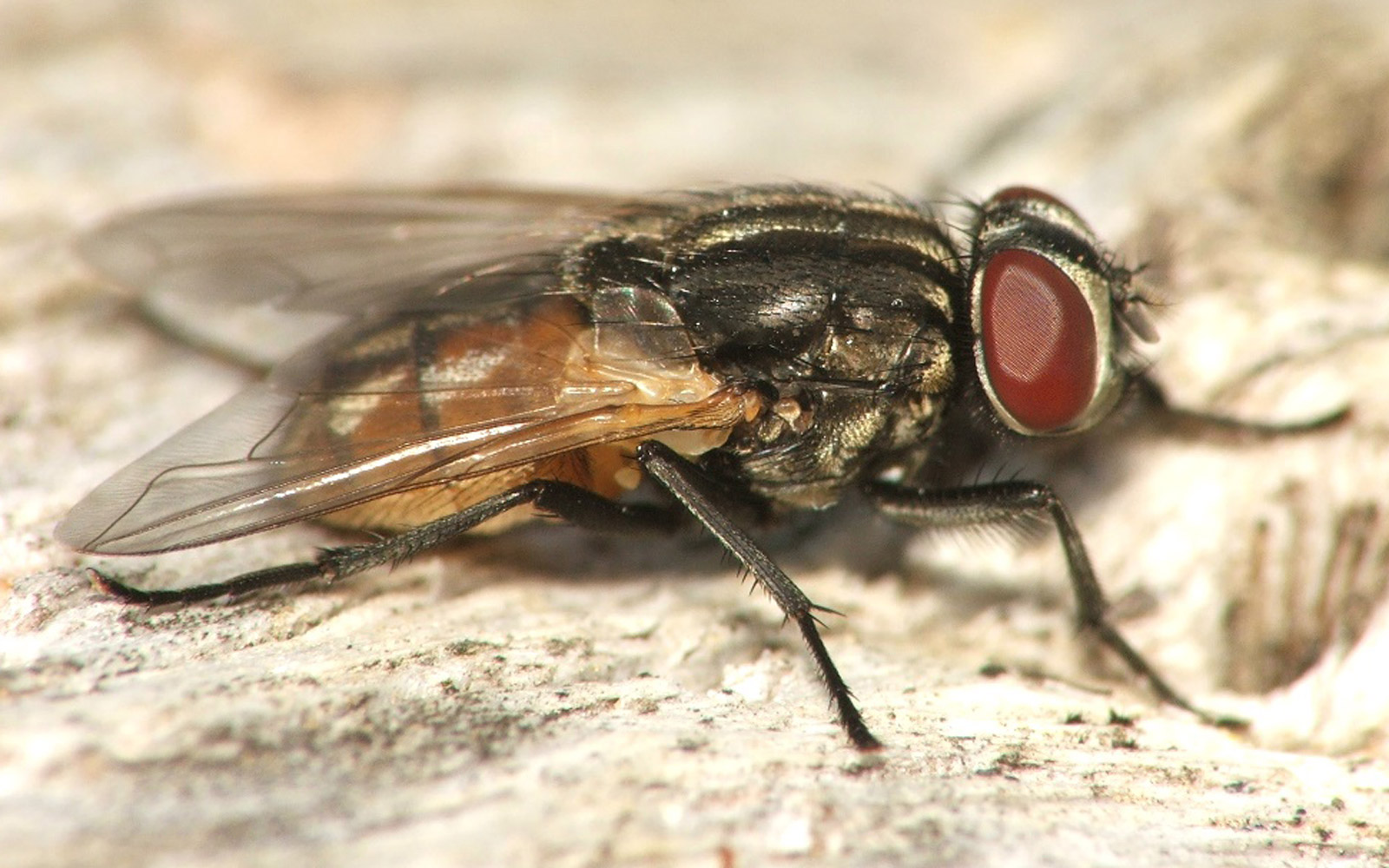
However, the number of species of flies and mosquitoes “is constantly evolving”, as new discoveries emerge every year, adds Rui Andrade.
Both belong to the order Diptera, a term that derived from the Greek words for “two wings” (di + pteron). “Most insects have four functional wings, but in Diptera, the hind pair have evolved into two club-shaped structures, called Halteres, that provide stability during flight.”
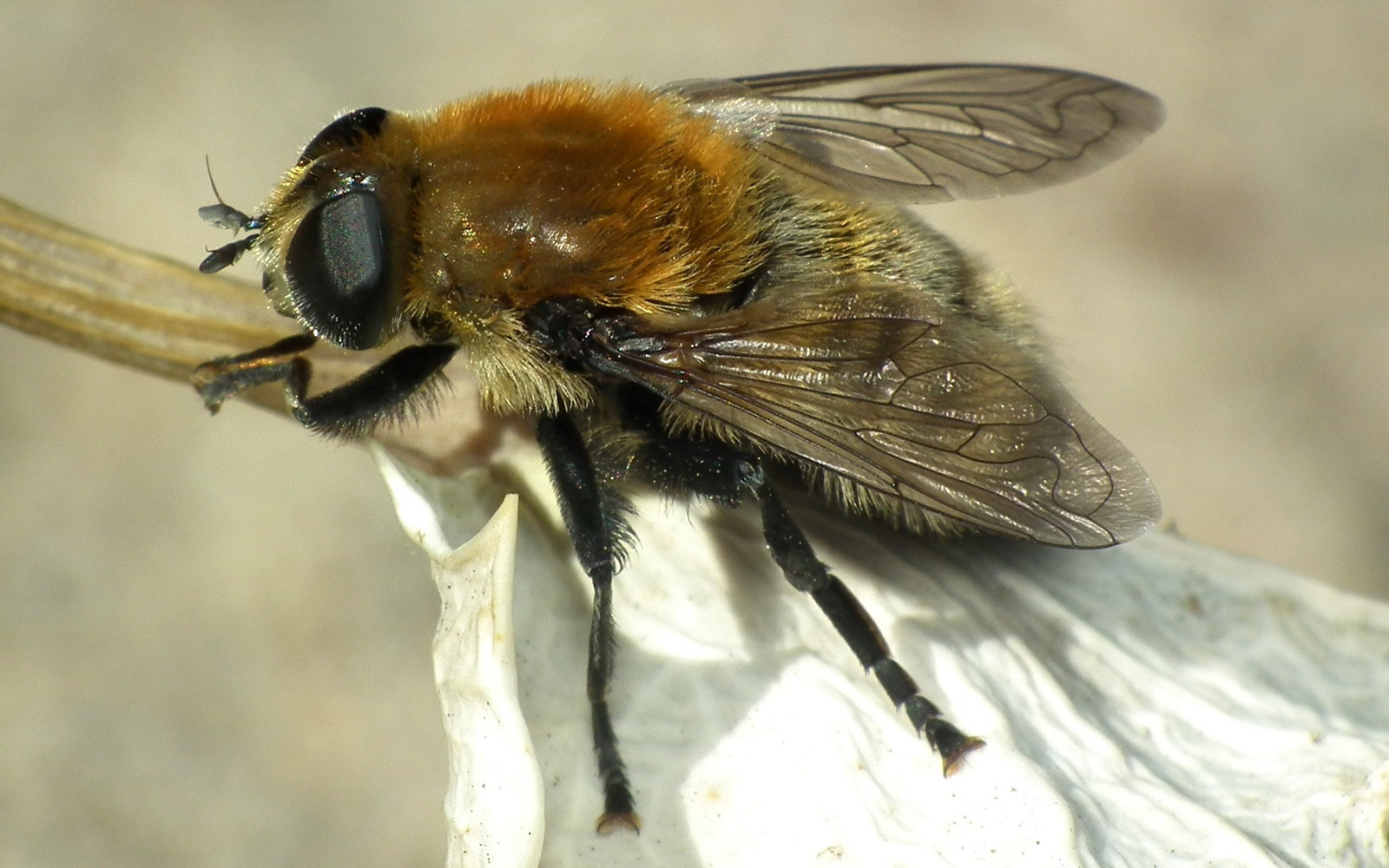
So why is it so hard to catch a fly? It may be that this group of insects have a very well-developed sense of hearing and therefore detect any movement, however small it may be but that is not the case. “Most flies don’t hear, they detect predators mainly by using their eyesight.”
In fact, scientists have shown that flies and other small insects perceive time differently. “There are studies that demonstrate that flies see the world in slow motion”, explains Rui Andrade, who adds that this characteristic “is related to the size of the animal and its metabolism”.
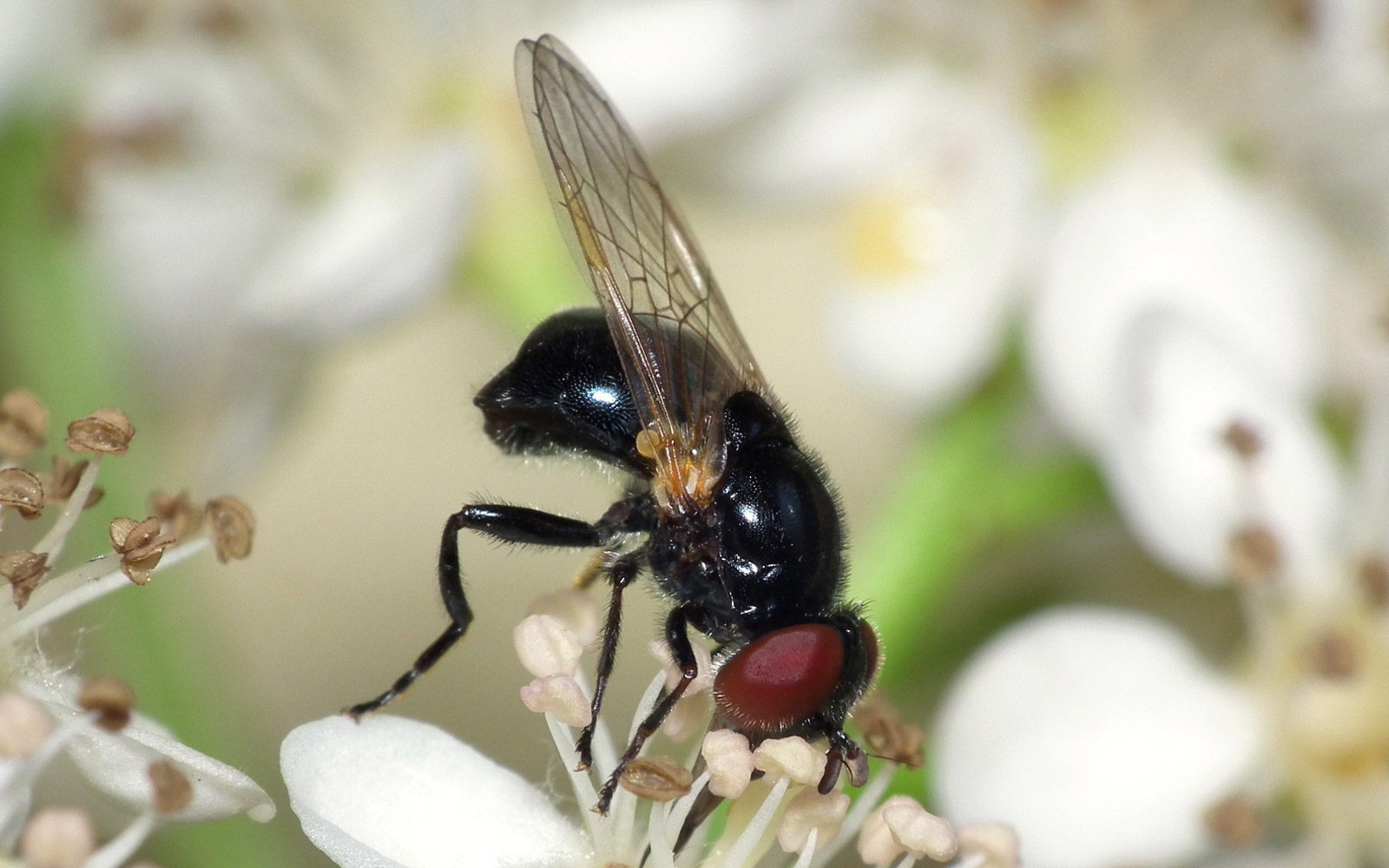
“Animals’ brains perceive the passage of time by processing images at different speeds. Smaller animals tend to process more images per second, which makes time seem to go by slower.”
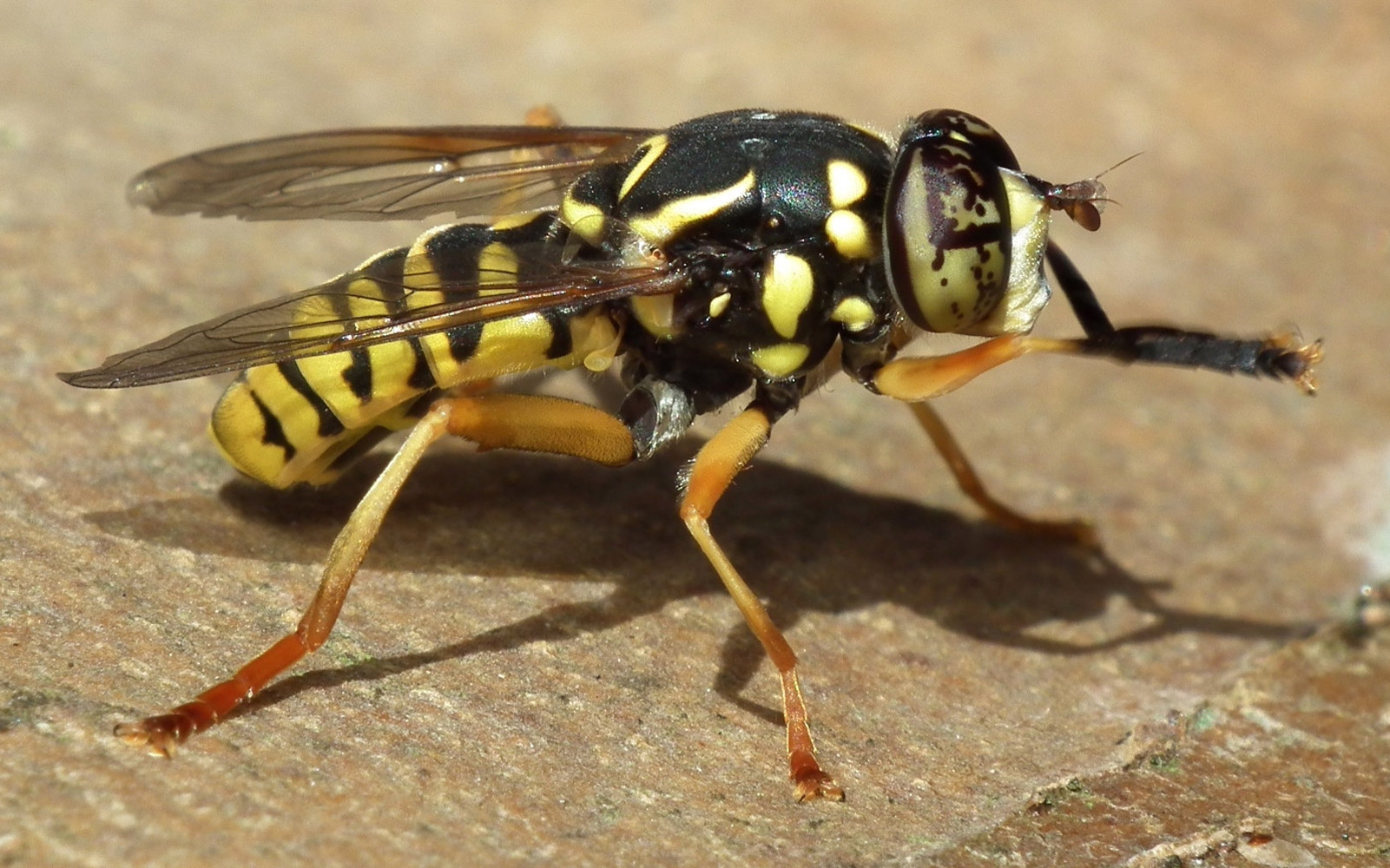
Therefore, the hands of a clock move much slower for a mosquito than for a human. If there’s a hand trying to catch it, for the fly it’s like watching it in slow motion, giving it plenty time to take-off.
This rule also applies to other animals, not just insects, because “in general, the smaller the animal and the faster its metabolism, the slower they perceive the passage of time.”

There is another group of flies known as Calliphoridae that have an additional advantage, adds the expert. Flies in this group, such as Houseflies and Blow Flies, use the two club-shaped structures that emerge from the hind wings to stabilize their flight not just during the flight itself but during take-off as well. This allows them to escape even faster when someone tries to hunt them down.
